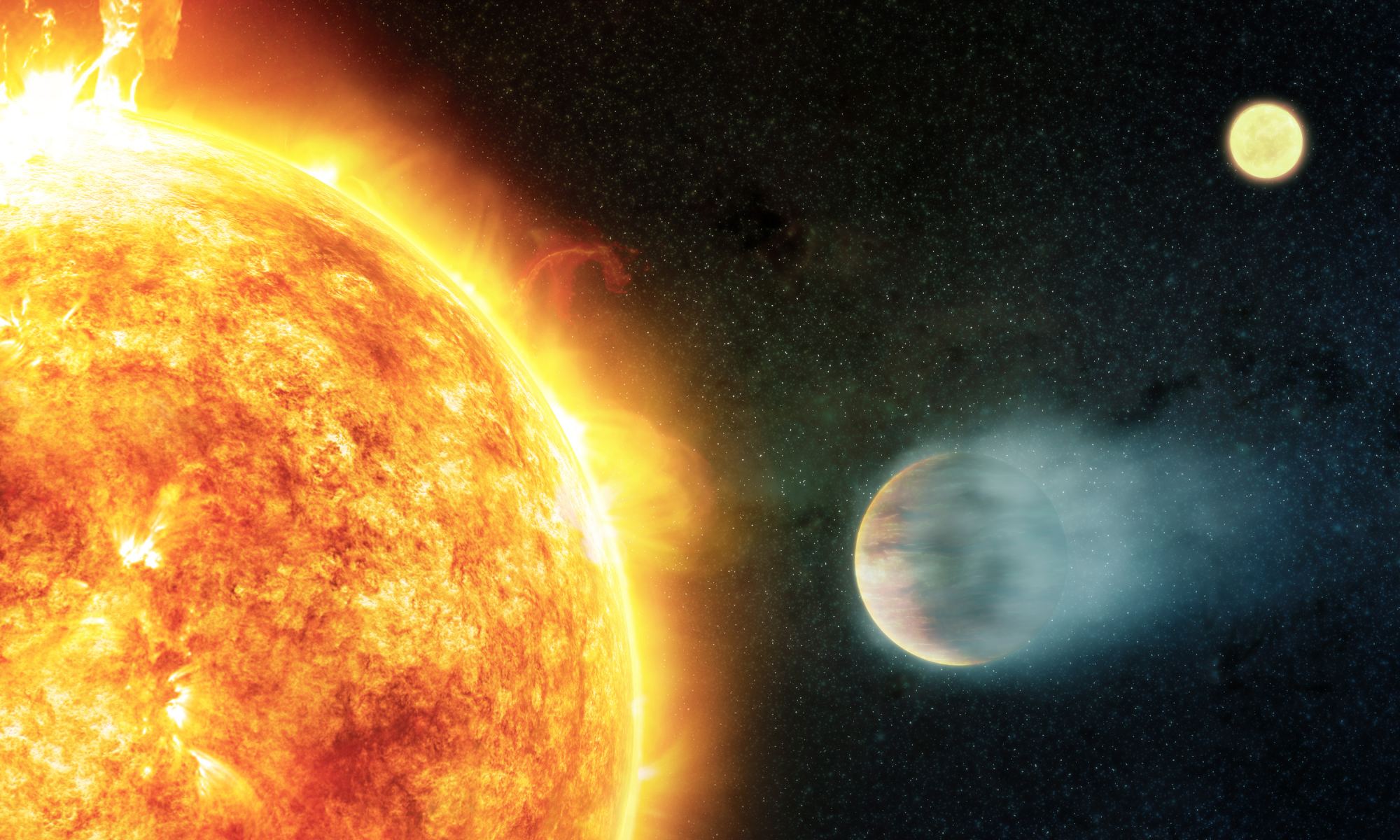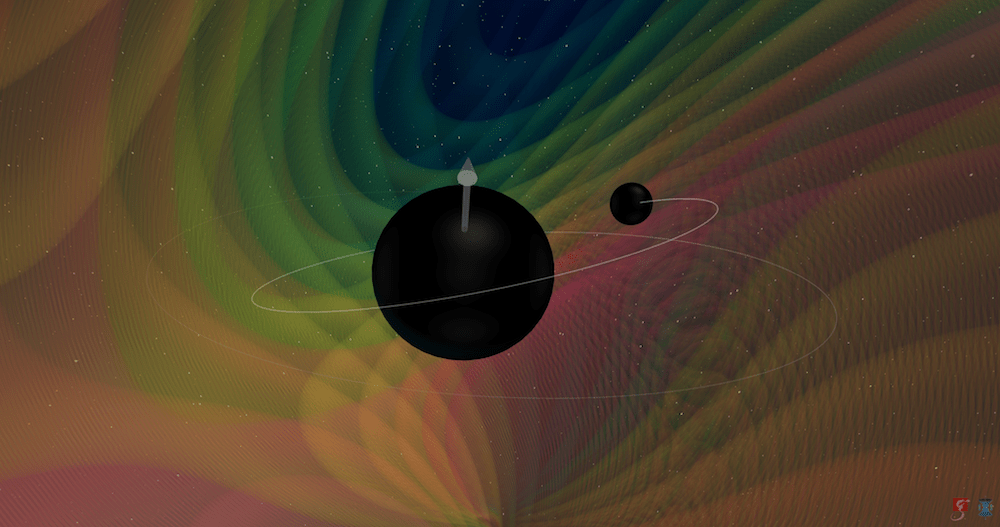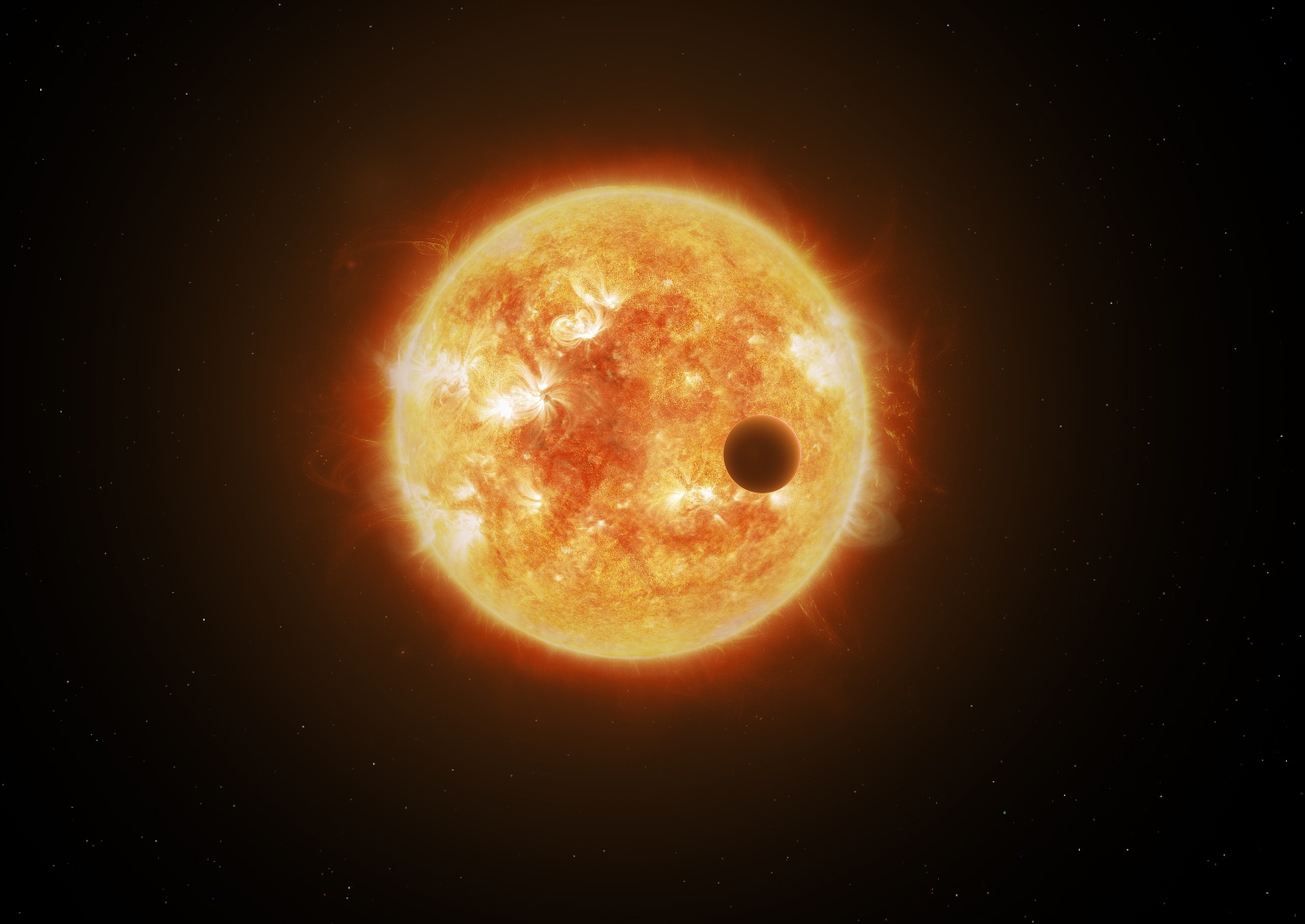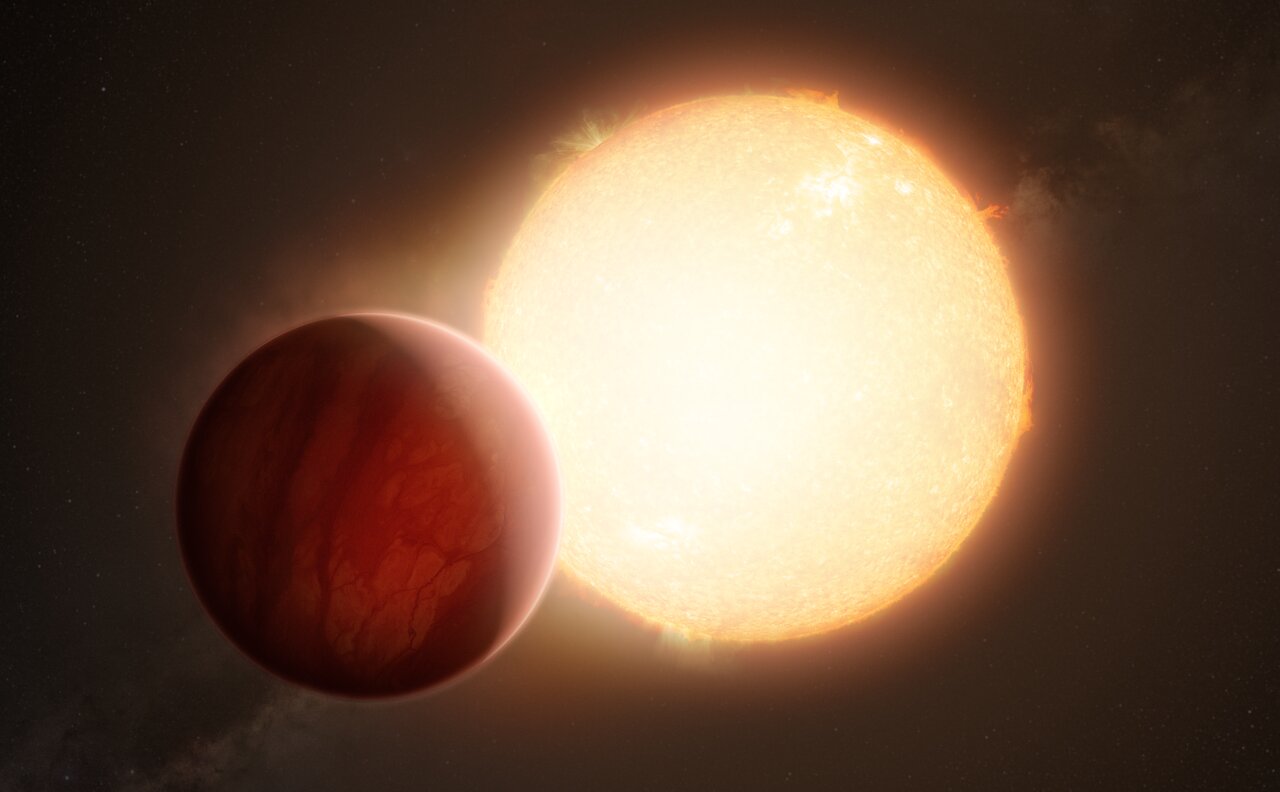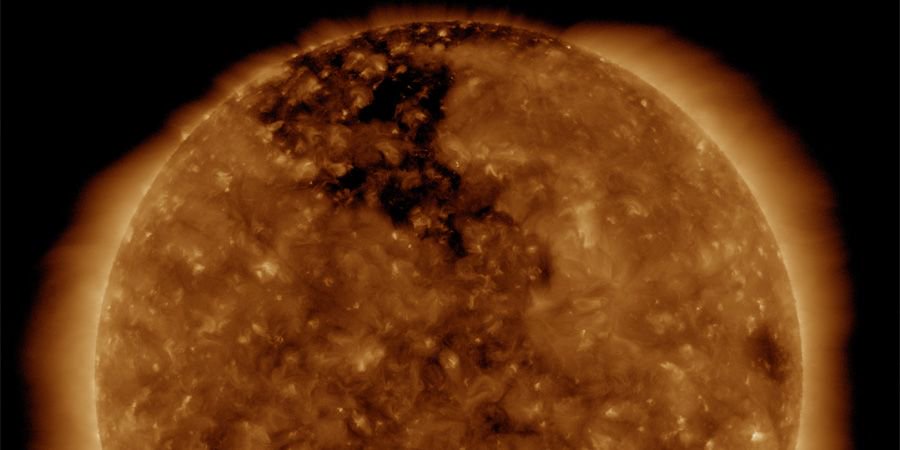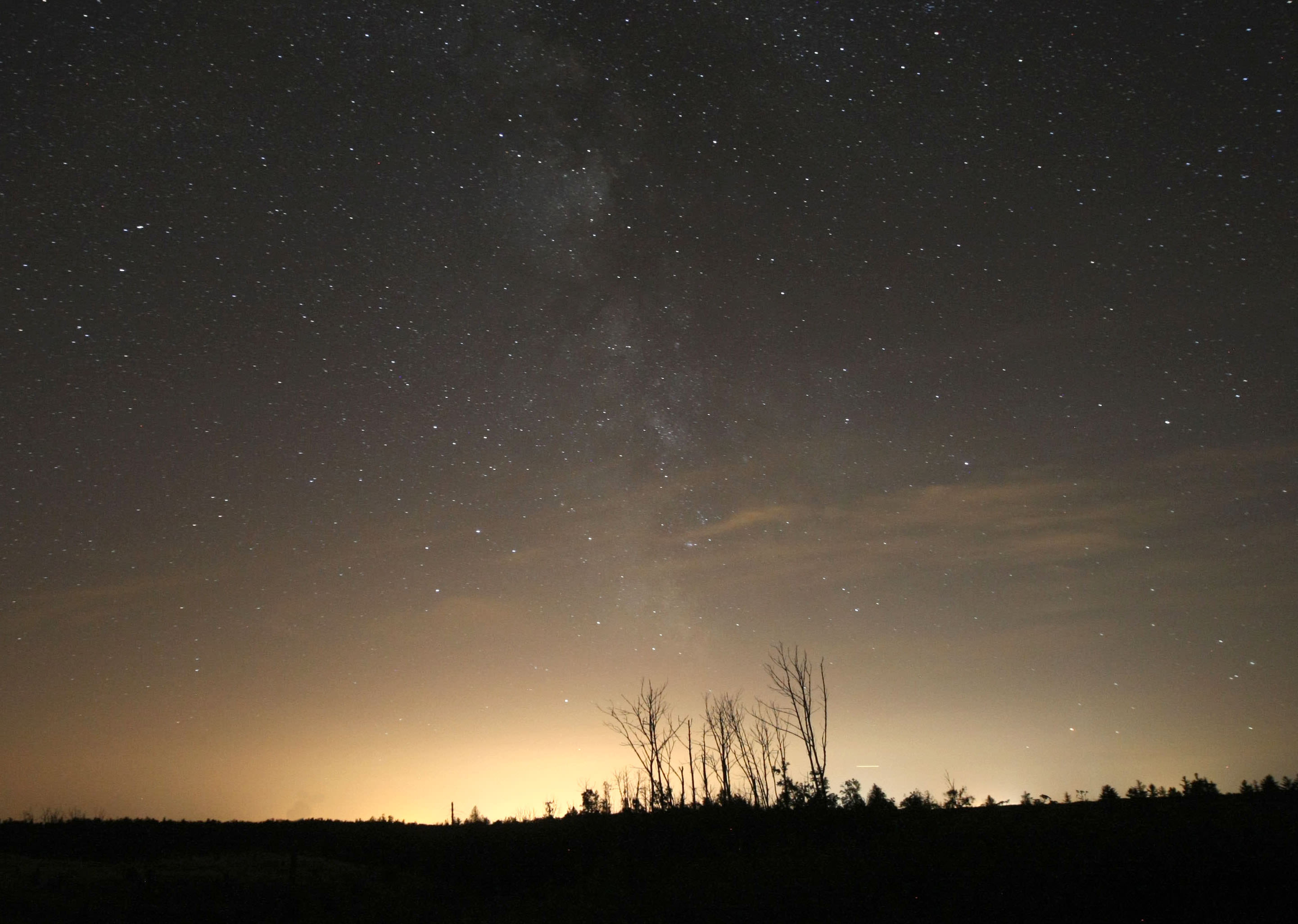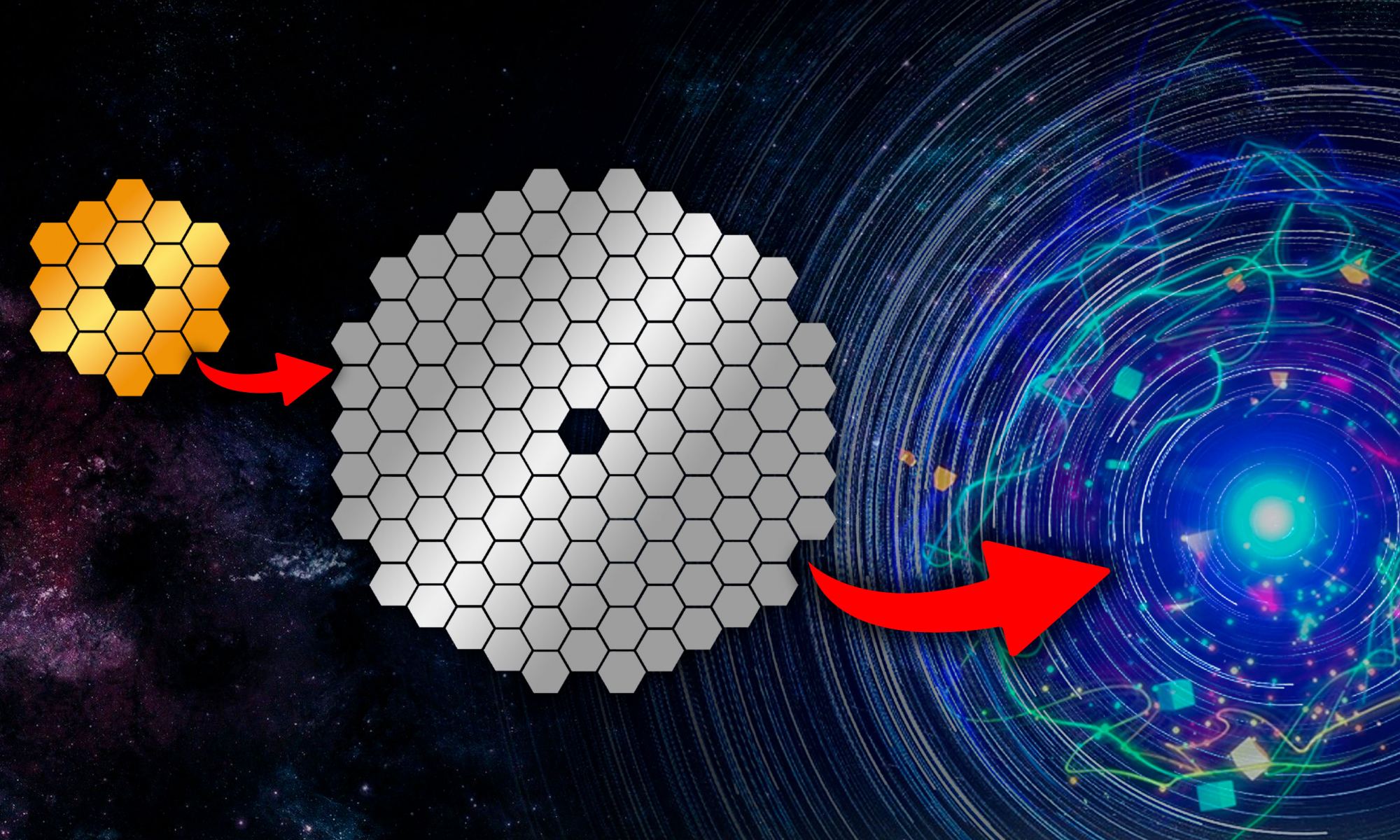Estimating stellar age has always been a challenge for astronomers. Now, a certain class of exoplanets is making the process even more complicated. Hot Jupiters – gas giants with orbital periods smaller than that of Mercury – appear to have an anti-aging effect on their stars, according to a new study. These enormous planets inflict both magnetic and tidal interference on their host star, speeding up the star’s rotation and causing them to emit X-rays more energetically, both of which are hallmarks of stellar youth. The result calls into question some of what we previously believed about stellar age, and offers a glimpse at the ongoing interconnectivity between a star and its planets long after their formation.
Continue reading “Planets Make it Harder to Figure out a Star’s age”Planets Make it Harder to Figure out a Star’s age
